105
Today visitors
71495
Total visitors
3
Online users
1179
page visits
International Conference on Holography and its Applications
International Conference on Holography and its Applications

We are honored to welcome Professor Edward Witten as a keynote speaker at the 4th International Conference on Holography and Its Applications. A distinguished figure in theoretical physics, Prof. Witten is renowned for his groundbreaking work at the intersection of mathematics and physics. His revolutionary contributions to superstring theory have fundamentally advanced our understanding of the unified theory of physical interactions. Most recently, his exploration of quantum duality symmetries in field and string theories has opened remarkable new perspectives in particle physics, string theory, and topology. Professor Witten's exceptional achievements have been recognized through numerous prestigious accolades, including the 2024 Basic Science Lifetime Award, the 2014 Kyoto Prize in Basic Sciences, the 2012 Breakthrough Prize in Fundamental Physics, and the 1990 Fields Medal—the highest honor in mathematics. His unique blend of mathematical brilliance and physical intuition continues to shape the frontier of theoretical physics and inspire generations of scientists.
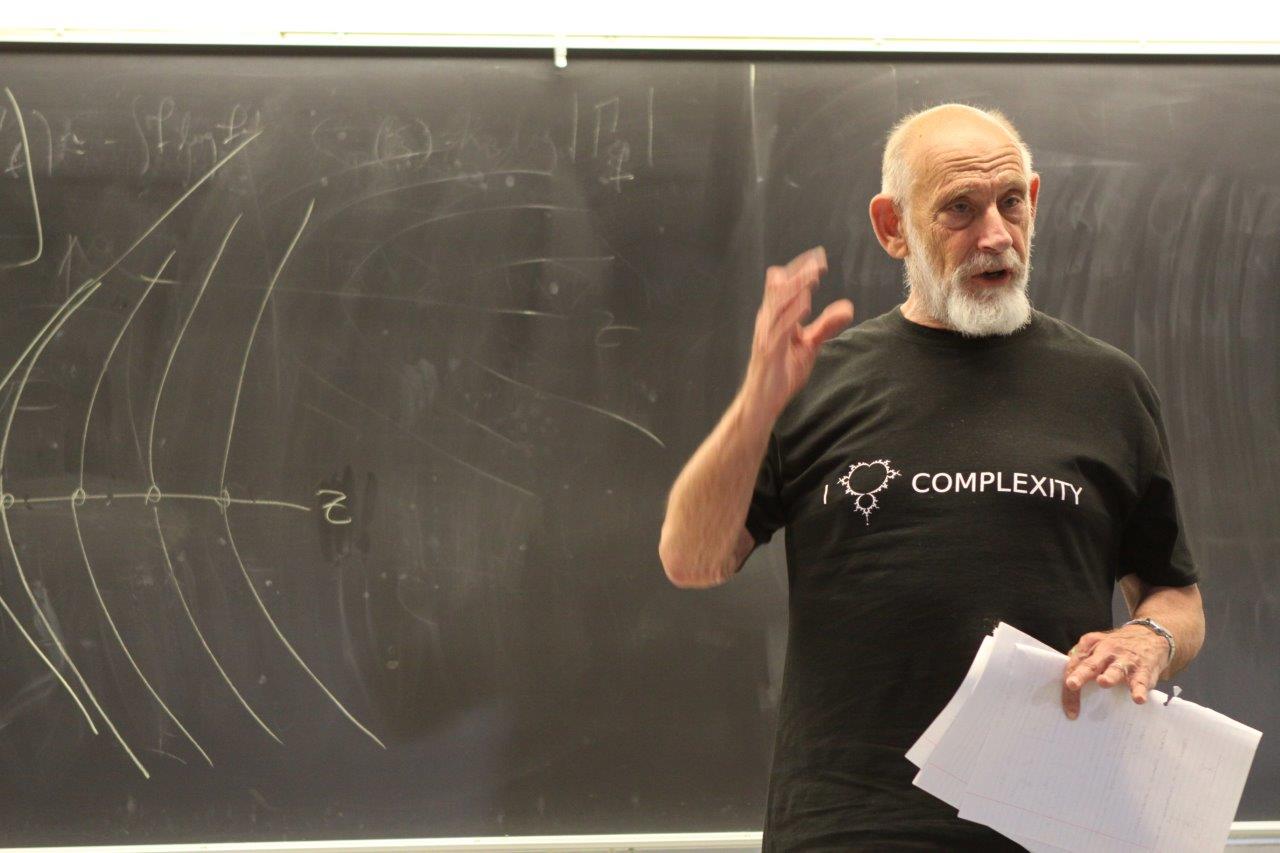
Prof. Leonard Susskind is the Felix Bloch Professor of Theoretical Physics at Stanford University. His research interests encompass string theory, quantum field theory, quantum statistical mechanics, and quantum cosmology. A distinguished member of the National Academy of Sciences of the USA and the American Academy of Arts and Sciences, Susskind also serves as an associate faculty member at Canada's Perimeter Institute for Theoretical Physics and holds the position of distinguished professor at the Korea Institute for Advanced Study. Susskind is widely regarded as one of the fathers of string theory, having, alongside Yoichiro Nambu and Holger Bech Nielsen, independently introduced the revolutionary concept that particles could be understood as states of excitation of a relativistic string. In 2003, he pioneered the idea of the string theory landscape, a concept that has profoundly influenced theoretical physics. Susskind made a landmark contribution to theoretical physics with his work on holography. In 1995, he formulated the holographic principle in quantum gravity, expanding on earlier ideas by Gerard 't Hooft. His work culminated in the development of the Anti-de Sitter/Conformal Field Theory (AdS/CFT) correspondence with Juan Maldacena. This revolutionary principle suggested that information about a volume of space could be encoded on its boundary surface, much like a hologram. Susskind's contributions to holography have been instrumental in addressing the black hole information paradox and have fundamentally transformed our understanding of quantum gravity and spacetime.
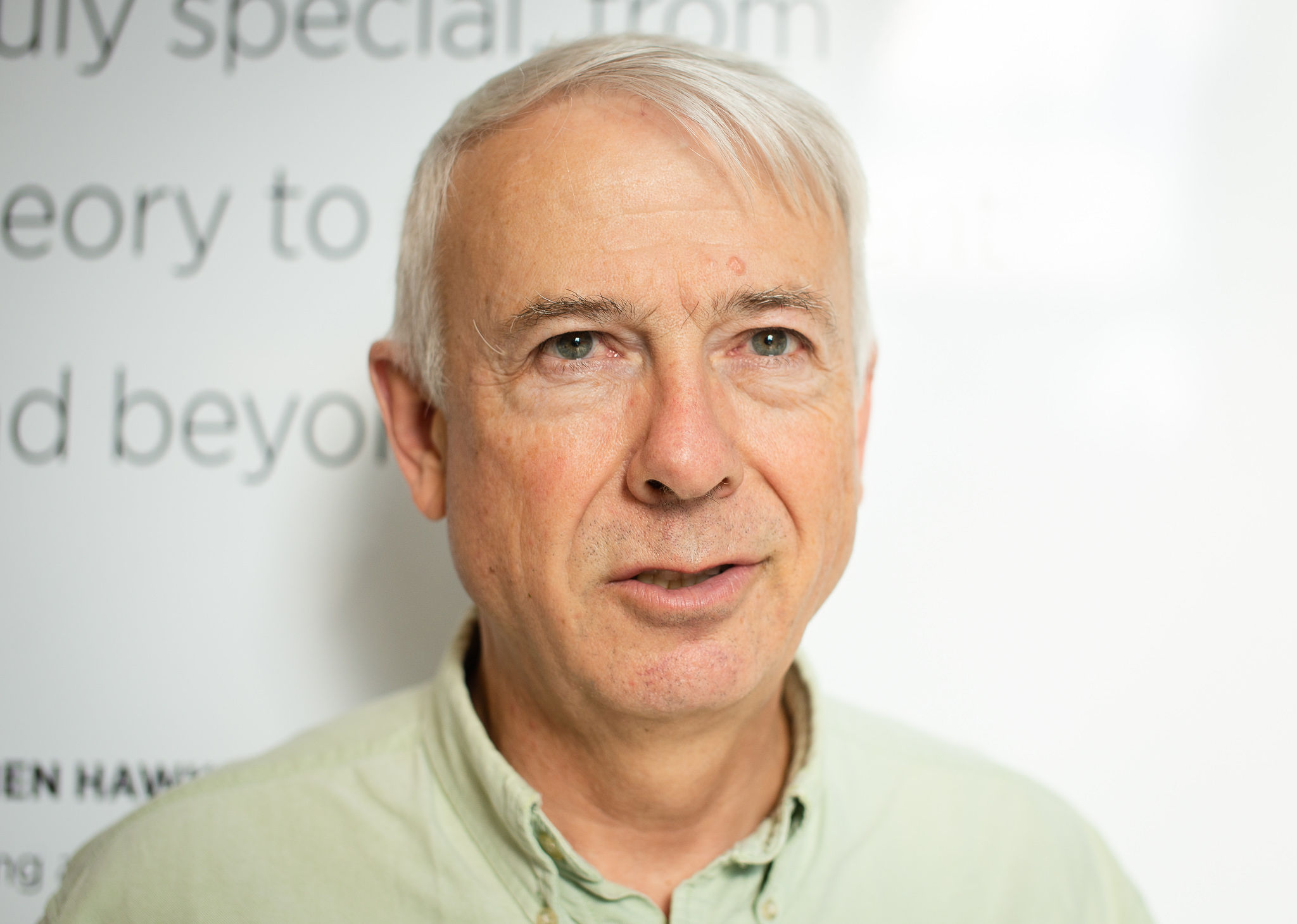
Prof. Robert Mann is a distinguished physicist whose research spans gravitation, quantum physics, and their intersection. Educated at McMaster University (BSc, 1978) and the University of Toronto (MSc, 1979; PhD, 1982), Mann has made significant contributions to gravitational theory, black hole physics, and lower-dimensional gravity. His work explores fundamental questions about the foundations of physics, including quantum aspects of black holes and gravitational effects on quantum systems. Recently appointed as Executive Editor-in-Chief of Canadian Science Publishing and now retired from the University of Waterloo, Mann previously led a vibrant research group of approximately 10 students. His distinguished career includes numerous awards, such as the 2014 President's Award of Merit from the University of Waterloo, the 2010 Distinguished Teaching Award, and multiple 'Highlight of the Year' papers in Classical & Quantum Gravity. Mann has held prestigious positions including President of the Canadian Association of Physicists (2009-2010), Associate Editor for Classical and Quantum Gravity, and Divisional Editor for the Canadian Journal of Physics, while maintaining memberships in several professional organizations including the International Society for General Relativity and Gravitation.
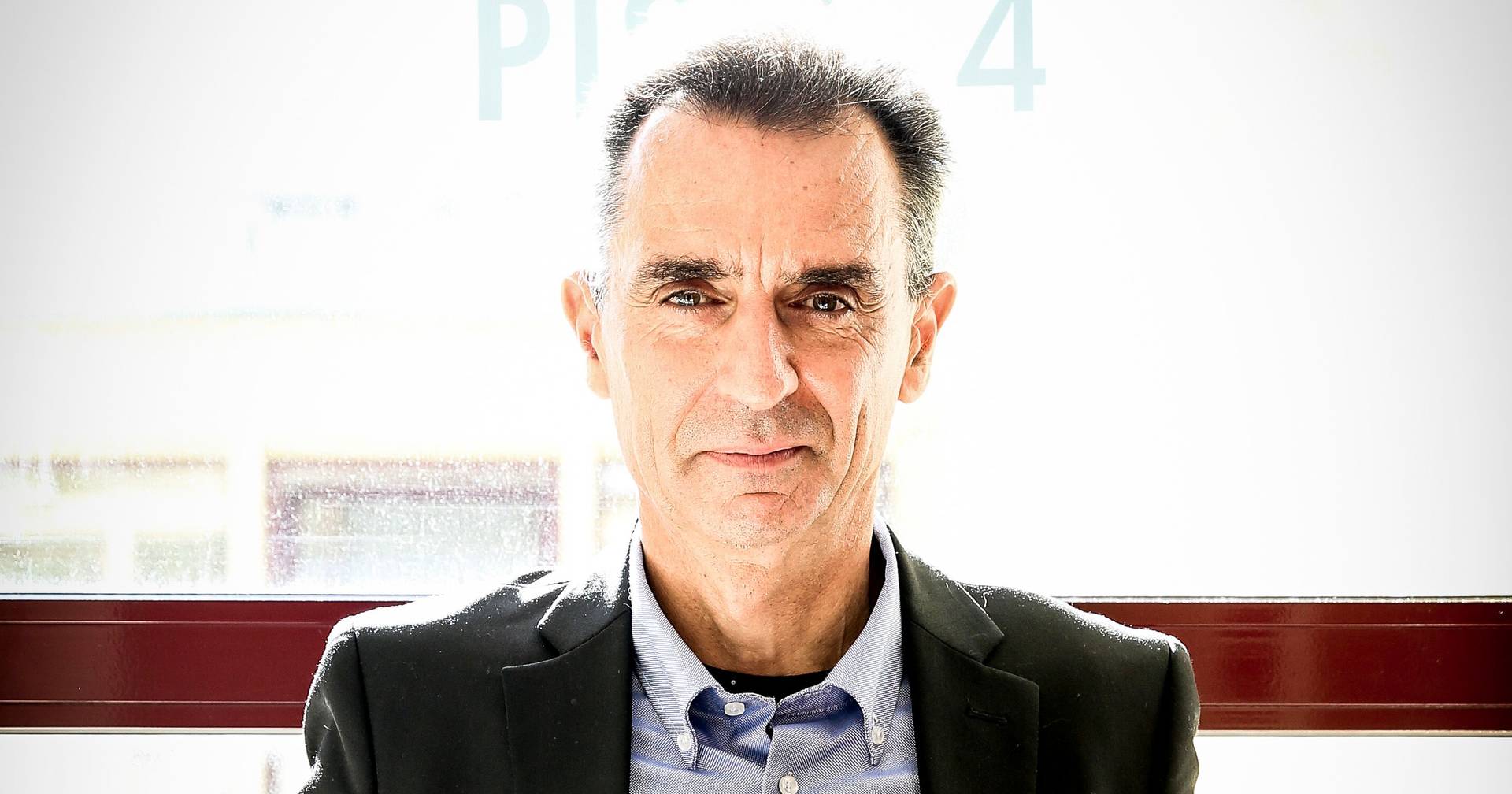
Prof. Dr. Salvatore Capozziello is a Full Professor of Astronomy and Astrophysics at the University of Naples 'Federico II' and a leading expert in gravitational physics and cosmology. With over 700 published papers and an H-index of 110, he has made seminal contributions to our understanding of modified gravity theories and dark energy, notably introducing the concept of gravitational curvature quintessence in 2002. He currently serves as Editor-in-Chief of the International Journal of Geometric Methods in Modern Physics and has held prestigious positions including President of the Italian Society of General Relativity and Gravitational Physics (SIGRAV). His research spans theoretical and phenomenological aspects of cosmology, gravitational waves, and quantum gravity, earning him international recognition including Honorary Professorship at Tomsk State Pedagogical University. As an educator, he has supervised over 70 Master's and PhD students and regularly teaches at international schools and programs across Europe and beyond.
Conference Program:
Day 1: Sep. 18: https://holography2025.du.ac.ir/en/files.php?rid=4
Day 2: Sep. 19: https://holography2025.du.ac.ir/en/files.php?rid=5
September 18 and 19, 2025
Khazar University, Baku, Azerbaijan
Deadline for Full Text Articles and Abstracts:
August/21/2025
Date of the Conference:
September/18/2025
The First conference (2022):
https://holography.du.ac.ir/en
The Second conference (2023):
https://holography2023.du.ac.ir/en
The Third conference (2024):
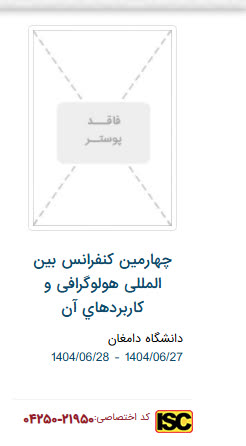
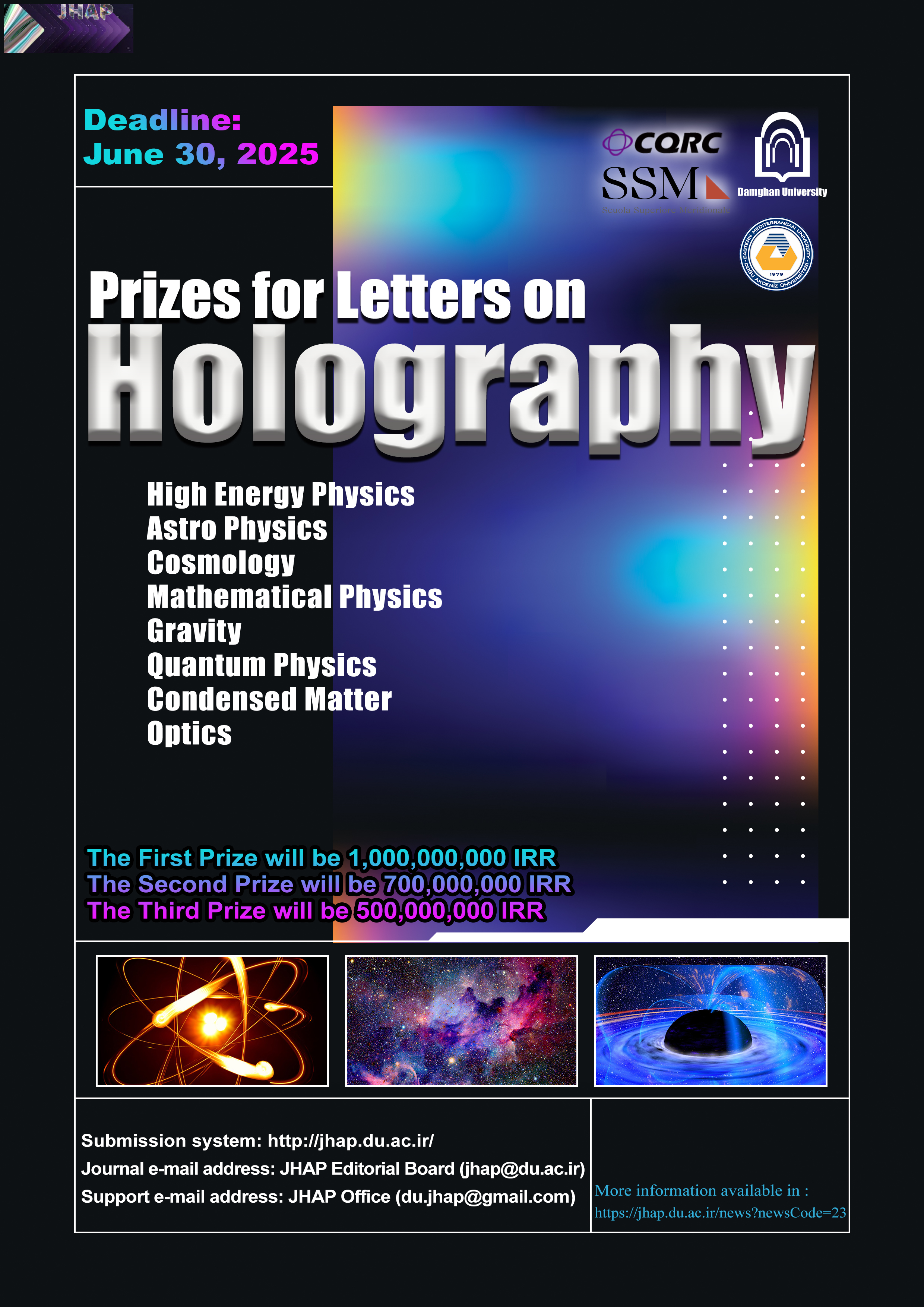
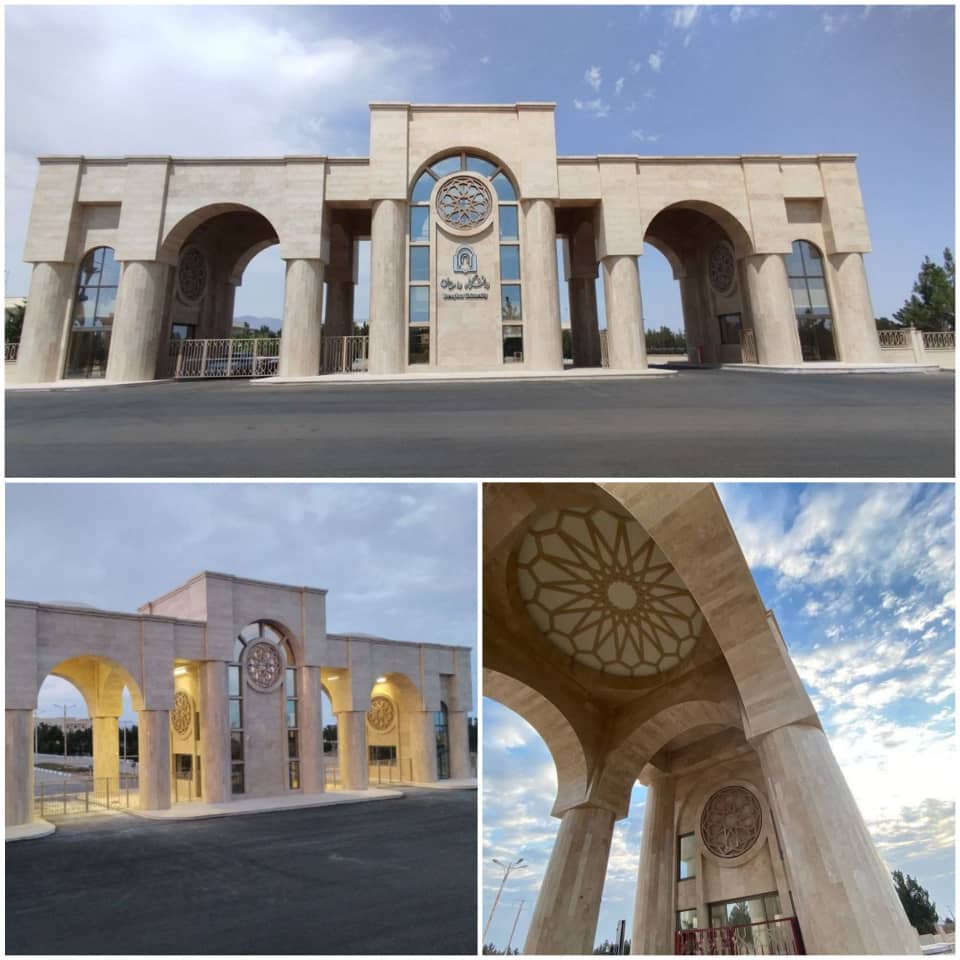
©All rights reserved by .